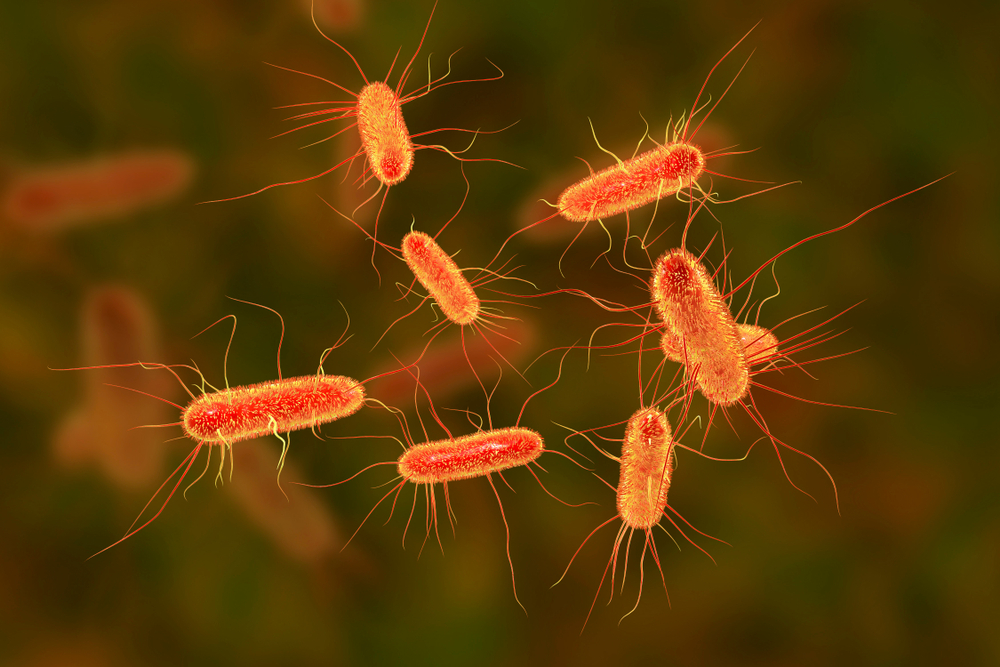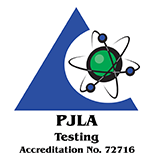Background: Escherichia coli (E. coli) bacteria are a group of bacteria which are commonly used as a marker or index of the potential presence of pathogens (i.e. food safety) and as indicators of overall food quality and the hygienic conditions present during food processing.
A gram negative rod-shaped bacterium that is commonly found in the lower intestine of warm-blooded organisms (endotherms), E. coli is the only member of the coliform group that unquestionably is an inhabitant of the intestinal tract and it has become the definitive organism for the demonstration of fecal pollution of water and food (pre-processed). E. coli may exist in the food processing plant environment and re-contaminate processed foods. Hence, the presence of E. coli in a heat-processed food indicates either process failure or, more commonly, post processing contamination from equipment or employees or from contact with contaminated raw foods.
While some strains of E. coli are pathogenic to humans, most strains of E. coli are not regarded as pathogens.
This testing method employed to detect E. coli in a sample is simultaneously used to detect coliforms as well.
Method
Media
Turn Around Time
Sample Required
Type of Test
Reportable Units
Detection Limit
Related Resource
AOAC 991.14, 998.08-3M Petrifilm ISO Accredited
3M Petrifilm equivalent to Violet Red Bile (VRB) agar
2 Business Days
10 to 100 g or mL or 1 swab
Quantitative Plate Count Analysis
CFU per gram or CFU per mL or CFU per cm2 depending on original sample matrix
<10 CFU/g or <1 CFU/mL or <0.1 CFU/cm2 depending on original sample matrix
Analysis Description: 3M Petrifilm E. coli/Coliform Count (EC) Plates contain Violet Red Bile (VRB) nutrients, a cold-water-soluble gelling agent, an indicator of glucuronidase activity, and an indicator that facilitates colony enumeration. Most E. coli (about 97%) produce beta-glucuronidase which produces a blue precipitate associated with the colony. The top film traps gas produced by the lactose fermenting coliforms and E. coli. About 95% of E. coli produce gas, indicated by blue to red-blue colonies associated with entrapped gas on the Petrifilm EC plate (within approximately one colony diameter).
AOAC International and U.S. FDA Bacteriological Analytical Manual (BAM) define coliforms as gram-negative rods which produce acid and gas from lactose during metabolic fermentation. Coliform colonies growing on the Petrifilm EC plate produce acid which causes the pH indicator to make the gel color darker red. Gas trapped around red coliform colonies indicates confirmed coliforms.
The sample is diluted with a buffer, blended, and an extracted amount is plated on the Petrifilm, many times in a serial dilution format. Inoculated Petrifilm are incubated at 25°C for 24 to 48 hours.


